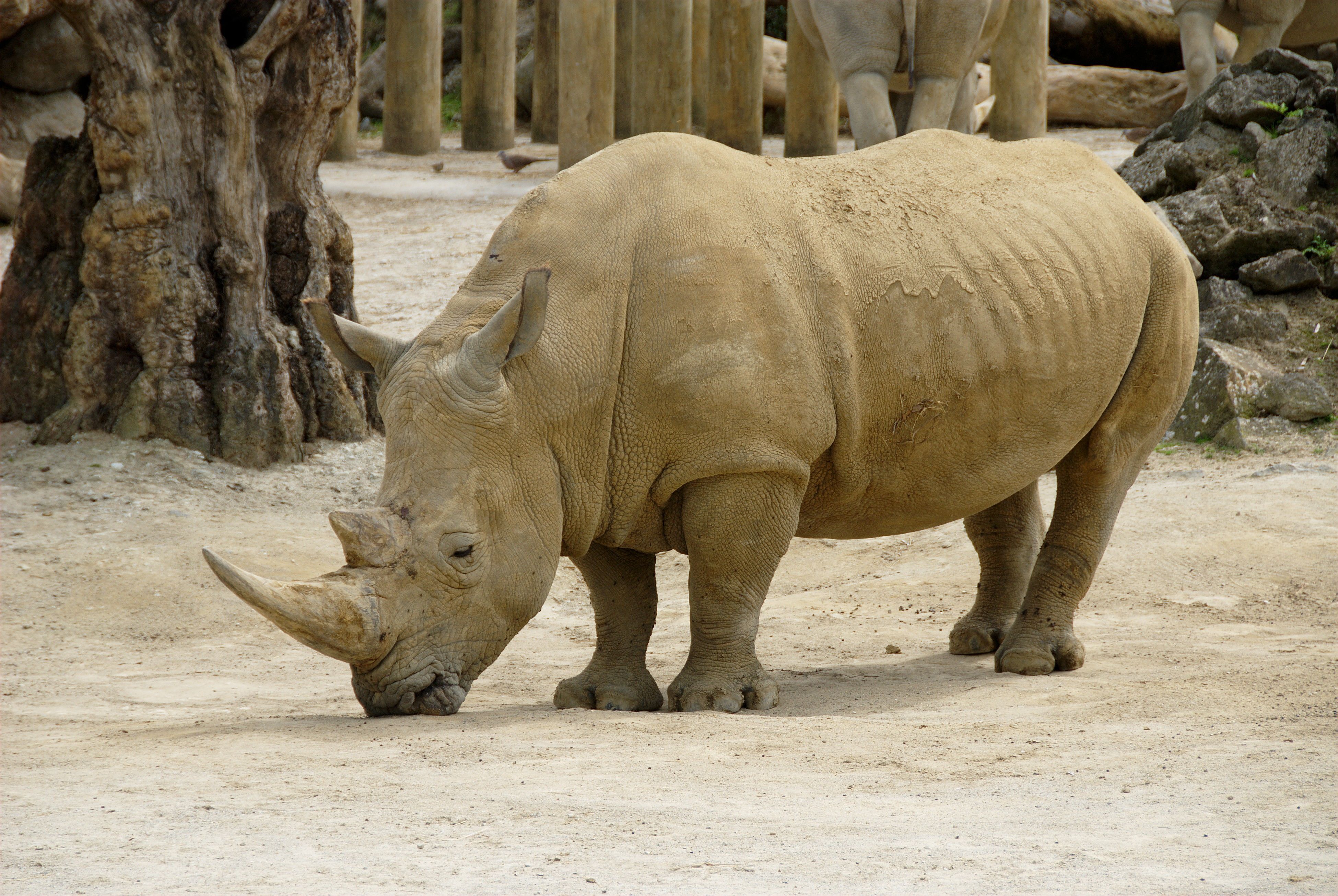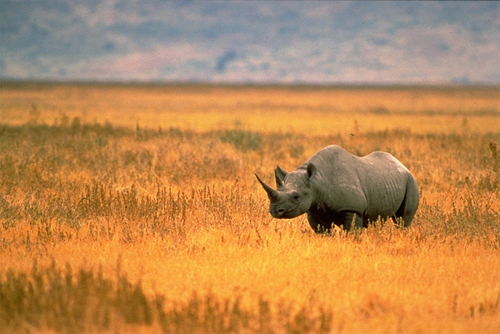

The most widely adopted alternative scheme only recognizes five subspecies or "eco-types", D. minor but represent a subspecies in their own right. These populations are often erroneously referred to D. Originally distributed in north-western Namibia and southwestern Angola, today restricted to wildlife reserves in Namibia with sporadic sightings in Angola. occidentalis) – A small subspecies, adapted to survival in desert and semi-desert conditions. Extinct but reintroduced in Malawi, Botswana, and Zambia. Preserved in reserves throughout most of its former range but probably extinct in eastern Angola, southern Democratic Republic of Congo and possibly Moçambique. Ranged from north-eastern South Africa (KwaZulu-Natal) to northeastern Tanzania and southeastern Kenya. minor) – Most widely distributed subspecies, characterised by a compact body, proportionally large head and prominent skin-folds. Today, its range is limited primarily to Tanzania. michaeli) – Had a historical distribution from South Sudan, Ethiopia, down through Kenya into north-central Tanzania. On 10 November 2011 the IUCN declared the western black rhinoceros extinct. In 2006 an intensive survey across its putative range in Cameroon failed to locate any, leading to fears that it was extinct in the wild. The last known wild specimens lived in northern Cameroon. A far greater former range in West Africa as proposed earlier is doubted by a 2004 study. The evidence from Liberia and Burkina Faso mainly rests upon the existence of indigenous names for the rhinoceros. The range possibly stretched west to the Niger River in western Niger, though this is unconfirmed. Once lived in South Sudan, northern Central African Republic, southern Chad, northern Cameroon, northeastern Nigeria and south-eastern Niger. Black rhinos are considered extinct across most of this area and its conservational status is unclear. ladoensis) – Former distribution from South Sudan, across Uganda into western Kenya and southwesternmost Ethiopia. Nearly extinct, possibly only one surviving specimen in Botswana.

chobiensis) – A local subspecies restricted to the Chobe Valley in southeastern Angola, Namibia (Zambezi Region) and northern Botswana. Relict populations in northern Somalia vanished during the early 20th century. Formerly central Sudan, Eritrea, northern and southeastern Ethiopia, Djibouti and northern and southeastern Somalia. It became extinct due to excessive hunting and habitat destruction around 1850. Once abundant from the Cape of Good Hope to Transvaal, South Africa and probably into the south of Namibia, this was the largest subspecies. Southern black rhinoceros or Cape rhinoceros ( D.The most accepted scheme considers seven or eight subspecies, of which three became extinct in historical times and one is on the brink of extinction: The intraspecific variation in the black rhinoceros has been discussed by various authors and is not finally settled. In 1911 this was formally fixed and the Cape of Good Hope officially declared the type locality of the species.

However he also referred to reports from early travellers about a double-horned rhino in Africa and when it emerged that there is only one, single-horned species of rhino in India, "Rhinoceros" bicornis was used to refer to the African rhinos (the white rhino only became recognised in 1812). Such a skull is known to have existed and Linnaeus even mentioned India as origin of this species. There is some confusion about what exactly Linnaeus conceived under this name as this species was probably based upon the skull of a single-horned Indian rhinoceros ( Rhinoceros unicornis), with a second horn artificially added by the collector. The name means "double-horned rhinoceros". The species was first named Rhinoceros bicornis by Carl Linnaeus in the 10th edition of his Systema naturae in 1758. The species overall is classified as critically endangered, and three subspecies, one including the western black rhinoceros, were declared extinct by the International Union for Conservation of Nature (IUCN) in 2011. These species are now sometimes referred to as the square-lipped (for white) or hook-lipped (for black) rhinoceros. The word "white" in the name "white rhinoceros" is often said to be a misinterpretation of the Afrikaans word wyd (Dutch wijd) meaning wide, referring to its square upper lip, as opposed to the pointed or hooked lip of the black rhinoceros. The other African rhinoceros is the white rhinoceros ( Ceratotherium simum). Although the rhinoceros is referred to as black, its colors vary from brown to grey. The black rhinoceros or hook-lipped rhinoceros ( Diceros bicornis) is a species of rhinoceros, native to eastern and southern Africa including Botswana, Kenya, Malawi, Mozambique, Namibia, South Africa, Swaziland, Tanzania, Zambia, and Zimbabwe.


 0 kommentar(er)
0 kommentar(er)
